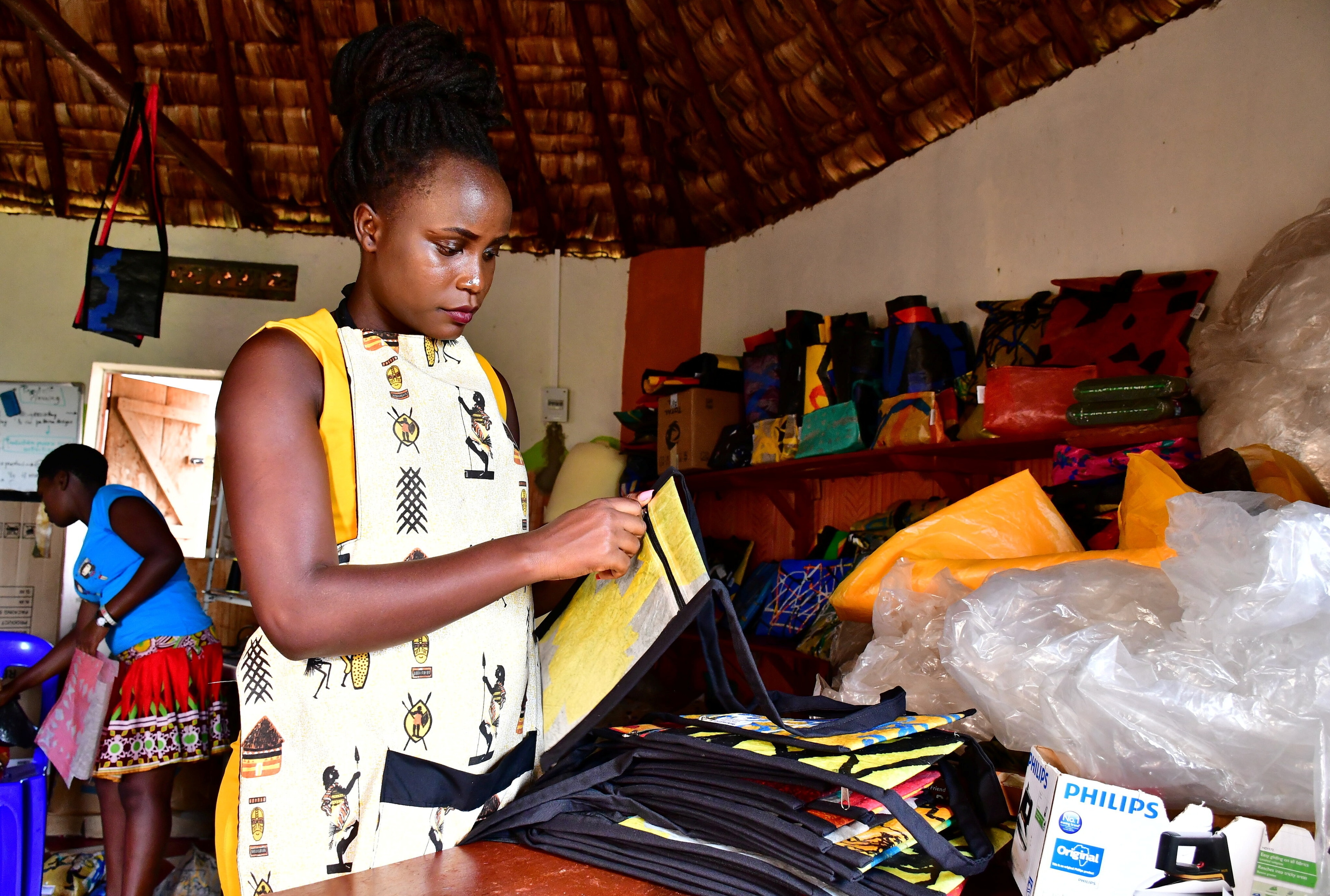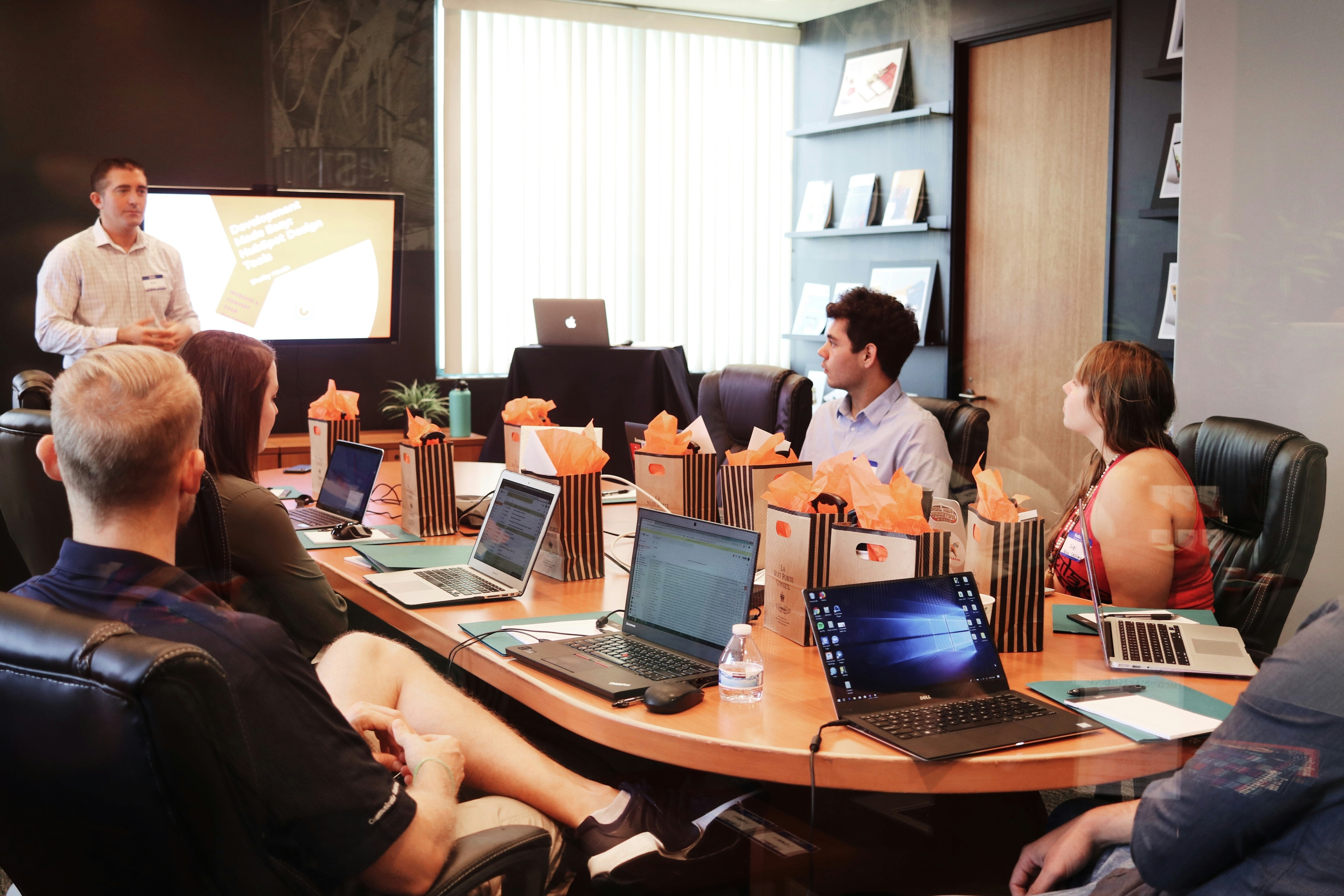How to remove a key barrier to clean energy
Stay up to date:
Future of Work
Limited transmission infrastructure is one of the largest obstacles to the widespread deployment of renewable energy in the United States. Many of the best wind and solar regions in the U.S. are far from areas of high electricity demand. Bringing electricity from these regions to load centers often requires additional transmission investments. Moreover, wind and solar are intermittent resources that that are difficult for grid operators to manage. Transmission reinforcements linking wind and solar sites in different regions can reduce system variability and increase the ease of operation.
Unfortunately, much-needed investment remains hobbled by an outdated regulatory framework. Under the existing regulatory framework, state regulators evaluate transmission projects based on an assessment of the economic “need” for the project from the perspective of the state, without regard to any out-of-state benefits.[1] This framework functioned reasonably well for most of the 20th century, a period in which transmission systems were planned, owned, and operated by vertically integrated utilities. But today’s transmission systems are radically different. Today, transmission is jointly planned and owned by unbundled utilities, and centrally operated by a regional transmission organization (RTO) or an independent system operator (ISO). Moreover, today’s transmission systems encourage open access to third party generators and are home to an increasing number wind and solar facilities. The transmission investment needs of today’s electricity systems are regional in nature. The traditional regulatory framework, with its focus on individual state benefits, is not adequate for encouraging these types of investments.
Fortunately, two important developments in the U.S. are putting pressure on the existing regulatory framework to change.[2] First, the trend toward regional competitive wholesale electricity markets has emphasized regional coordination in the planning, siting, and pricing of transmission investments. Second, more recently, heightened attention to climate change has inspired new thinking about how to assess the benefits of transmission projects that benefit renewable energy.
As a result of these pressures, there has been a push toward the expansion of federal and regional authority to preempt states from withholding eminent domain for new transmission projects. In the 2005 Energy Policy Act, Congress gave FERC “backstop” authority to expand transmission in limited regions of the country facing transmission constraints.[3] FERC’s ability to exercise its backstop authority, however, was severely curtailed by Fourth Circuit judges in Piedmont Environment Council v. FERC.[4]In this legal case, the Fourth Circuit Court of Appeals denied FERC’s interpretation that FERC could override states if they explicitly denied projects.
More recently, in 2011, FERC issued Order Number 1000, requiring all utilities that are part of RTOs, ISOs, and other transmission “planning regions” to jointly participate in the transmission planning process (the figure below depicts the RTOs, ISOs, and planning regions in which FERC envisions utilities will jointly participate in transmission planning).[5] In addition to its planning reforms, Order Number 1000 also established six cost allocation principles that are meant to help transmission planning regions to develop economically sound, equitable, and transparent methods to allocate the costs of new transmission projects.

Unfortunately, despite these important developments, additional regulatory reforms are essential. FERC Order 1000 helped to modernize regulation pertaining to transmission planning and cost allocation, but it did not venture so far as to preempt state authority over the siting of transmission facilities. Many states still rely on siting statutes that do not consider the benefits of new projects beyond state borders. Moreover, despite the fact that Order 1000 established cost allocation principles for transmission planning regions, cost allocation is by no means an issue that has been resolved. A recent legal case demonstrates the “thorniness” of the cost allocation issue. Last June the Seventh Circuit Court of Appeals struck down FERC’s decision to apply a uniform charge to utilities for a transmission project in PJM (the largest RTO in the U.S.) on the grounds that FERC had not attempted to assess how the benefits of the new project would be distributed among the utilities in the PJM region.[6]
A sea-change is needed in the way that the United States regulates transmission siting and cost allocation. Transmission planning, siting, and pricing are no longer state issues but rather are regional and federal ones. Today’s large regional electricity markets call for transmission investments that span several states. Interstate transmission reinforcements are essential if we wish to integrate large quantities of renewable energy generation capacity. States should form voluntary multi-state organizations, or defer to regional organizations (RTOs and ISOs) or FERC to decide on matters of transmission siting. On matters of cost allocation, FERC Order 1000 is a good first step, but the utilities within RTOs, ISOs, and other “planning regions” need to jointly develop cost allocation procedures that can be agreed upon by the parties involved. Addressing these thorny regulatory issues are vital to the expansion of renewable energy in the United States.
[1] See Jim Rossi, The Trojan Horse of Electric Power Transmission Line Siting Authority, 39 ENVTL. L., 1019 (2009).
[2] Id.,1023-1032.
[3] 16 U.S.C. § 824p(a)–(b) (2006).
[4] Piedmont Environment Council v. FERC, 558 F.3d 304 (4th Cir. 2009).
[5] See Federal Energy Regulatory Commission, Order No. 1000 – Transmission Planning and Cost Allocation, available at http://www.ferc.gov/industries/electric/indus-act/trans-plan.asp (last visited Mar. 31, 2015).
[6] Illinois Commerce Comm’n, et al. v. FERC, 756 F.3d 556 (7th Cir. 2014).
This article is published in collaboration with The Energy Collective. Publication does not imply endorsement of views by the World Economic Forum.
To keep up with Agenda subscribe to our weekly newsletter.
Author: Max Luke is a contributing writer to The Energy Collective.
Don't miss any update on this topic
Create a free account and access your personalized content collection with our latest publications and analyses.
License and Republishing
World Economic Forum articles may be republished in accordance with the Creative Commons Attribution-NonCommercial-NoDerivatives 4.0 International Public License, and in accordance with our Terms of Use.
The views expressed in this article are those of the author alone and not the World Economic Forum.
Forum Stories newsletter
Bringing you weekly curated insights and analysis on the global issues that matter.
More on Jobs and the Future of WorkSee all
Antara Choudhury and Vivin Rajasekharan Nair
August 14, 2025
Atul Kumar
August 12, 2025
Shuvasish Sharma
August 6, 2025
Samuel Alemayehu
August 5, 2025
Neeti Mehta Shukla
August 1, 2025
Lisa Bechtold
July 29, 2025





